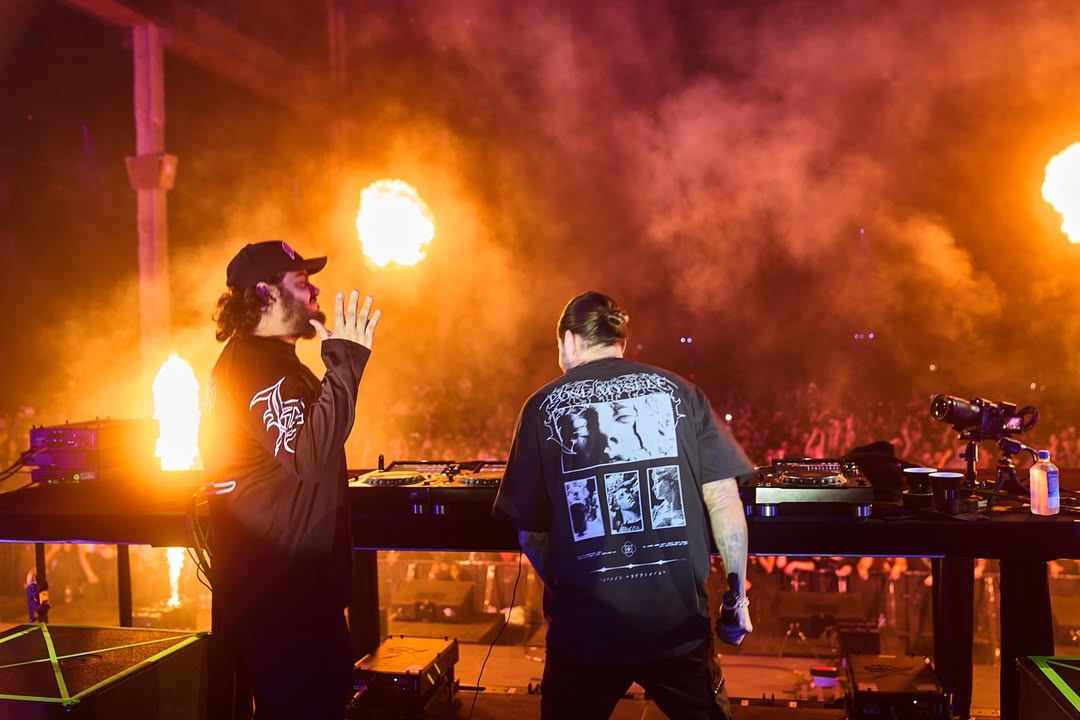Even in a series as great as Avatar: The Last Airbender, not every episode is going to be a 10 out of 10, though this series comes closer to this feat than most. While some episodes are certainly better than others, even Airbender's "bad" episodes are still quite good. While a great number of fans and even the creators consider Book One, Chapter 11, "The Great Divide" to be the low point of the series, this distinction may not be totally deserved. And yet, even Book Three's episode "The Ember Island Players" skips over the events of this episode while recapping the Gaang's adventures.
Fans have always been hard on this infamous episode because it makes not the slightest effort to forward the series' overarching narrative. Aang's quest to master all four elements to defeat the Fire Lord is not even mentioned in this episode; instead, Team Avatar's attention is diverted by the tremendously petty feud between two tribes, the Gan Jin and the Zhang. While this episode is a fairly low-stakes affair, it's nonetheless a great piece of character work to help cement what the series is really about: what it means to be the Avatar.
The core of Aang's task in Avatar: The Last Airbender is to get stronger so he can beat up an evil guy. However, it's important to keep in mind that the series' title is not Boy Who Punches Mean People: The Last Airbender. As the Avatar, Aang's duty is not solely to fight wars but to bring balance to the world. Granted, in this instance, that does include toppling a tyrannical conqueror, but there's much more to being the Avatar than hand-to-hand combat. The Avatar is meant to be a keeper of the peace and to help all those who need it, even if they're a bunch of petulant snobs who barely know what their century-long feud is about.
"The Great Divide" is not plot-driven as many Airbender episodes are; rather, it's a character-oriented story. Neither the Gan Jin nor the Zhang Tribe is evil like the Fire Nation, making their disdain for one another, facepalm-inducing though it may be, a difficult thing for Aang to navigate. The two tribes refuse to cross a treacherous canyon together due to their feud, and this is the exact kind of issue that the Avatar should be the one to settle. To the episode's great credit, Aang does not expertly resolve this dispute immediately. Instead, he inadvertently fans the flames to the point where the tribes begin fighting to the death.
This episode is tremendous for Aang's character development, reminding the audience that he is still a child trying to learn how to be the Avatar. He manages to settle petty disputes between Sokka and Katara and even Appa and Momo, but his fumbling of the feud between the two tribes makes it clear that the four elements aren't the only part of being the Avatar that he still needs to master. He ultimately resolves the conflict between the two tribes (by lying to their faces), and he even manages to impart a powerful lesson about respecting differences in one another.
The episode also uses different, unique animation styles for each of the stories regarding this century-long feud, using visuals to keep it interesting when the content of the episode is a tad on the silly side. Apparently, the feud wasn't that important to the tribes considering how easily they accepted Aang's convenient and only semi-plausible explanation about what really happened. But that's the beauty of this episode -- that Aang solved the dispute while staying true to his character. "The Great Divide" is an important step in Aang's journey to becoming the Avatar, because there will be plenty more disputes to settle once he defeats the Fire Lord.
About The Author

